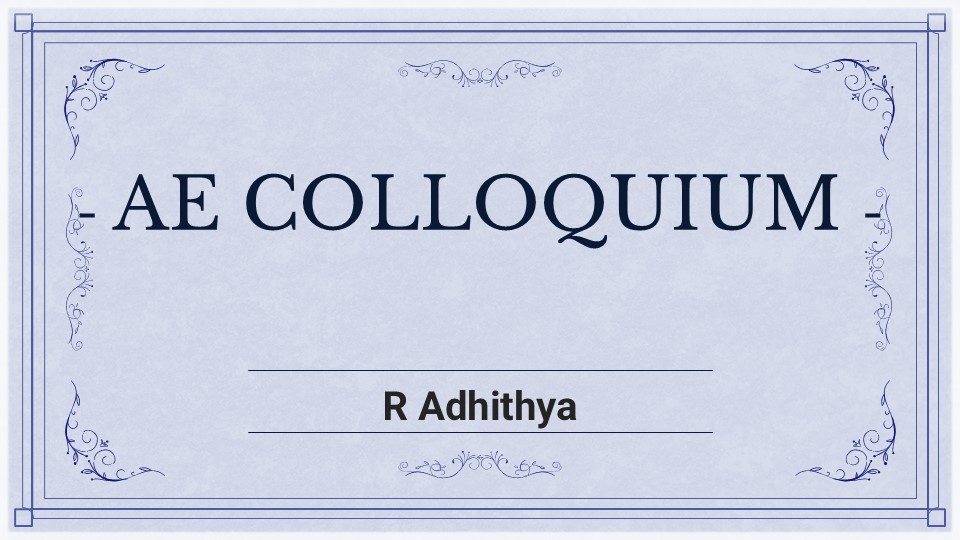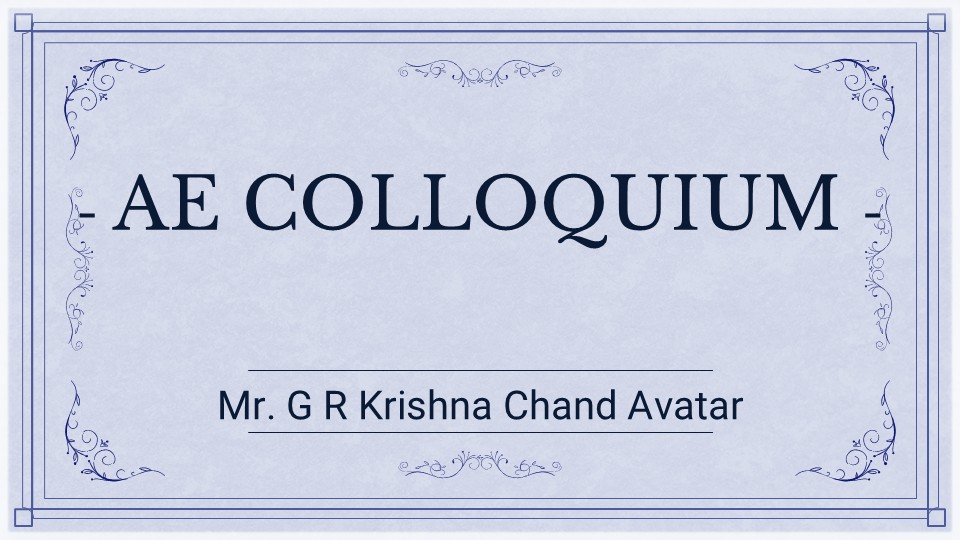
Hybrid Event
- This event has passed.
MTech (Res): Woven composite modeling
February 10 @ 2:00 PM - 5:00 PM
Hybrid Event

In this work, a novel sub-mesoscale model of woven fabrics is developed using nonlinear finite element methods. The main aim of the work is to develop a framework for modeling woven fabrics. The yarns are modeled as beam elements that move freely in space and undergo large deformations and rotations. A geometrically-exact beam theory (GEBT) used to model composite beams of arbitrary cross sections is considered to model the yarns. The variational asymptotic method (VAM), in tandem with the beam model, offers the advantage of modeling beams of arbitrary cross sections. A surface-to-surface contact model is developed, considering that the contact occurs at a point on the surface. The robustness of the contact model is tested by designing a patch test. The overall mesoscale model of woven fabric is validated using experimental results of biaxial tests performed on a plain glass weave woven fabric. The biaxial simulation is performed by varying the number of yarns in the mesoscale model to study the behavior of the model and demonstrate a representative volume element (RVE).
The yarns are made up of fibers twisted together. An isotropic model is an approximation that works well on the mesoscale, but a more general model is needed to include fiber-level information. The yarns can be made of 10,000 to 60,000 fibers twisted together. Modeling individual fibers and the interaction between them can be computationally expensive. The variational asymptotic method-based homogenization (VAH) is used to get the homogenized properties of yarn. A representative volume element of woven fabric, with yarns made of coated fibers, is simulated by using homogenized properties obtained through VAH.
The framework can be extended by introducing friction between yarns in the contact. Further, the uncertainty in the input parameters can be quantified by propagating the uncertainty through the system using uncertainty quantification (UQ) techniques.
Speaker: R Adhithya
Research Supervisor: Dineshkumar Harursampath
